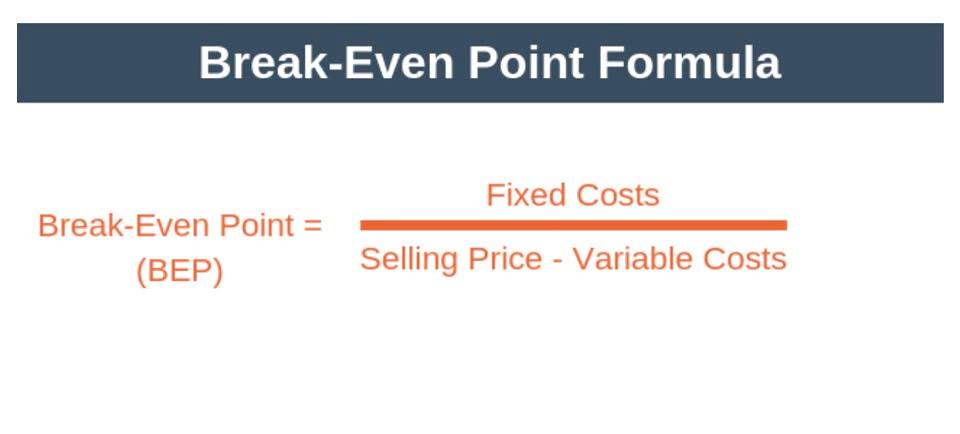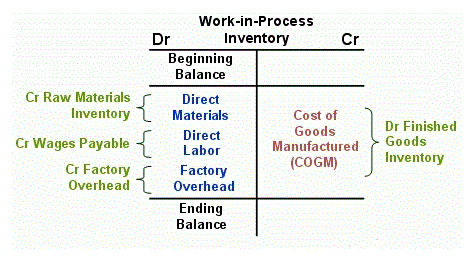
For most companies, the number of authorized shares well exceeds the shares outstanding. In addition, most public companies don’t need to issue more shares, at least in the number required to bump up against the authorized maximum. Understanding how to calculate outstanding shares for a public company would appear to be a simple matter. Recognizing that a company’s number of shares outstanding can change is also useful. For example, the difference between the number of shares currently outstanding and the number of shares fully diluted is comparatively likely to be significant for fast-growing technology companies. These companies aggressively fund their growth by using convertible debt and paying employees with stock incentives.
- Once you know how to calculate the outstanding shares, you can use this number to calculate a number of valuation metrics, or measures of a company’s performance and future earnings potential.
- Along with individual shareholders, this includes restricted shares that are held by a company’s officers and institutional investors.
- Lockups aside, long-standing investors such as founders or venture capital backers may have their own restrictions on selling, or may have signaled that they have no intent to do so.
- Understanding the dynamics of outstanding shares is integral to comprehending a company’s financial health and market position.
- There are inherent risks involved with investing in the stock market, including the loss of your investment.
Example calculation
It excludes closely held shares, which are stock shares held by company insiders or controlling investors. These types of investors typically include officers, directors, and company foundations. The purpose of the repurchase can also be to eliminate the shareholder dilution that will occur from future ESOs or equity grants. While outstanding shares are a determinant of a stock’s liquidity, the latter is largely how to find the number of outstanding shares dependent on its share float. A company may have 100 million shares outstanding, but if 95 million of these shares are held by insiders and institutions, the float of only five million may constrain the stock’s liquidity. The calculation for common stock outstanding can seem a little daunting at first simply because so much accounting jargon is used to define and calculate it.
Types of Stocks You Should Know

In addition to the stocks they issue to investors and executives, many companies offer stock options and warrants. These are instruments that give the holder a right to purchase more stock from the company’s treasury. Every time one of these instruments is activated, the float and shares outstanding increase while the number of treasury stocks decreases. If all these warrants are activated, then XYZ will have to sell 100 shares from its treasury to the warrant holders.
Look at the Preferred Stock Line Item
Here’s how to find and calculate the amount of preferred stock outstanding from a company’s balance sheet. net sales Changes in shares outstanding over time also reveal how valuable shares are as a stake of ownership in the company, as the number of shares available directly affects this. A recent example of a reverse stock split is General Electric’s (GE) 1-for-8 reverse stock split during the summer of 2021.

For instance, restricted shares refer to a company’s issued stock that cannot be bought or sold without special permission by the SEC. Often, this type of stock is given to insiders as part of their salaries or as additional benefits. This refers to a company’s shares that are freely bought and sold without restrictions by the public. Denoting the greatest proportion of stocks trading on the exchanges, the float consists of regular shares that many of us will hear or read about in the news.
- When you look a little closer at the quotes for a company’s stock, there may be some obscure terms you’ve never encountered.
- Finally, outstanding shares are different than authorized shares, or the number of shares that a corporation is legally allowed to issue.
- Let’s say that Helpful Fool Company has repurchased 500 shares in this year’s buyback program.
- Then, add those terms together to get the weighted average number of outstanding shares.
These shares are not considered outstanding because they are not held by public or institutional investors. In other words, the treasury stock method accounts for the cash that will come in from option and warrant exercise, and assumes that the cash received will offset a portion of the shares issued. For many companies, however, even those executing buybacks, the number of outstanding shares and the number of issued shares is the same.

For a small, closely held corporation, the original owners may hold all the issued shares. Outstanding shares play a crucial role in determining a company’s market capitalization, a key metric for investors assessing a firm’s overall value. The market cap is calculated by multiplying the current market price per share by the total number of outstanding shares. This metric provides investors with insights into a company’s size and relative importance within the market. The profit and loss statements in nearly every corporate earnings press release will include both basic and diluted shares outstanding.
Understanding Issued Shares

If there is a difference between the number of shares issued and outstanding, the difference is treasury stock. In other words, a company has issued shares and then bought some of the shares back, leaving a reduced number of shares that is currently outstanding. Companies that have publicly traded stocks in the United States are required to file public financial disclosures to the Securities and Exchange Commission (SEC) which include the company’s balance sheet. You can also find the company’s balance sheet in its annual report, which can often be found on the company’s website. At any moment in time, a corporation has a specific number of shares that it has authorized for sale, to individual or institutional investors.

A new psychedelic drink has investors intrigued
- A company may have 100 million shares outstanding, but if 95 million of these shares are held by insiders and institutions, the float of only five million may constrain the stock’s liquidity.
- Therefore, the company currently has authorized 5,000 shares and has 2,000 shares issued and outstanding.
- In some cases, there will be a separate line item on the balance sheet for treasury stock, and a similar calculation can tell you the number of shares issued but not outstanding.
- For example, a company may retain authorized shares to conduct a secondary offering later, sometimes called a tender offer, or use them for employee stock options.
- In contrast, outstanding stocks are the ones already issued in the market.
Then, add those terms together to get the weighted average number of outstanding shares. Finally, outstanding shares are different than authorized shares, or the number of shares that a corporation is legally allowed to issue. Outstanding stocks are the shares that are actually already out on the market. Floating stock is a narrower way of analyzing a company’s stock by shares.